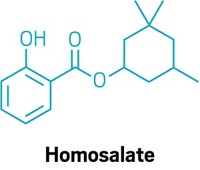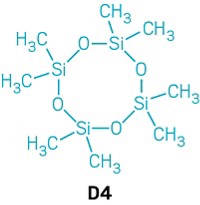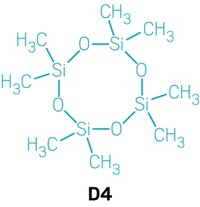Advertisement
Grab your lab coat. Let's get started
Welcome!
Welcome!
Create an account below to get 6 C&EN articles per month, receive newsletters and more - all free.
It seems this is your first time logging in online. Please enter the following information to continue.
As an ACS member you automatically get access to this site. All we need is few more details to create your reading experience.
Not you? Sign in with a different account.
Not you? Sign in with a different account.
ERROR 1
ERROR 1
ERROR 2
ERROR 2
ERROR 2
ERROR 2
ERROR 2
Password and Confirm password must match.
If you have an ACS member number, please enter it here so we can link this account to your membership. (optional)
ERROR 2
ACS values your privacy. By submitting your information, you are gaining access to C&EN and subscribing to our weekly newsletter. We use the information you provide to make your reading experience better, and we will never sell your data to third party members.
Policy
Canada Clears Siloxane D5
Environment: Report allays concerns over bioaccumulation
by Marc S. Reisch
March 12, 2012
| A version of this story appeared in
Volume 90, Issue 11

A decision by the Canadian government clears the way for continued use of decamethylcyclopentasiloxane, or D5, in personal care products such as skin creams, antiperspirants, and shampoos. The compound is not harmful to the environment, and any bioaccumulation does not pose a danger to biodiversity, a review panel found. Canada accepts the finding, Environment Minister Peter Kent says.
Regulators had been concerned that D5 poses a danger by accumulating in marine environments. A ban in Canada could have triggered reformulation across the global cosmetics industry.
“The silicones industry welcomes the minister’s declaration that D5 is safe for the environment and fully supports the removal of D5 from a proposed list of toxic substances,” says Karluss Thomas, executive director of the Silicones Environmental, Health & Safety Council of North America.
Beta Montemayor, director of environmental sciences and regulations at the Canadian Cosmetic, Toiletry & Fragrance Association, says the review of D5 allowed recent science showing D5 poses no danger to the environment “to come to the forefront.”
Cosmetic makers value D5 for the nongreasy feel it gives to skin creams and the bounce and shine it allows hair care products to provide. It can be added to products in various proportions, from a few percent to 85% in some hair glosses. Authorities were concerned that D5-containing products that go down the drain could ultimately enter and harm marine organisms.
A spokesman for the European Silicones Centre (CES) says regulators in Europe continue to review the environmental safety of D5. They are also reviewing octamethylcyclotetrasiloxane, or D4, which D5 has replaced in many products. Members of CES and its North American counterpart include Bluestar Silicones, Dow Corning, Momentive Performance Materials, Shin-Etsu Chemical, and Wacker Chemie.
Canadian authorities formed the D5 review panel in 2010 in response to industry complaints after Canadian environmental authorities began making plans to limit use of D5. Authorities still intend to move ahead on limiting use of D4. A spokesman for Environment Canada says regulators will publish final restrictions no later than July 15.





Join the conversation
Contact the reporter
Submit a Letter to the Editor for publication
Engage with us on Twitter